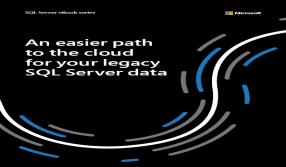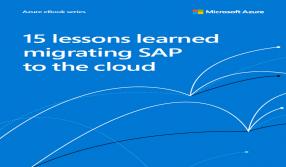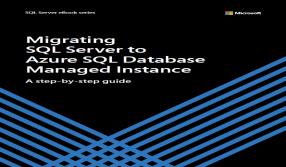Big Data: The organizational challenge
- BY MYB
 In Manage & Grow
In Manage & Grow 2756
2756 0
0

Big Data is responsible for the mining and processing of petabytes’ worth of information to gain insights into customer behavior, supply chain efficiency and many other aspects of business performance. Early adopters of Big Data analytics have gained a significant lead over the rest of the corporate world and statistically they are:
- Twice as likely to be in the top quartile of financial performance within their industries
- Five times as likely to make decisions much faster than market peers
- Three times as likely to execute decisions as intended
- Twice as likely to use data very frequently when making decisions
As analytics leaders have discovered, succeeding with Big Data requires a different approach: You need to embed Big Data deeply into your organization.
Let’s look at what’s involved:
Ambition
Leading companies begin the embedding process by spelling out their ambition. A declaration stating that Big Data is the new way of doing business from the senior leadership team is an essential precondition for the behavior change. But the senior team must also answer the questions: To what end? How is Big Data going to improve our performance as a business? What will the company focus on? Most companies are opportunity-rich when it comes to analytics, and large enterprises can pursue multiple avenues, either simultaneously or sequentially. Still, nearly every company can improve its trajectory by determining priorities and picking the right angle of entry.
Horizontal analytics capability
With ambition defined, Big Data leaders work on developing a horizontal analytics capability. They learn how to overcome internal resistance, and create both the will and the skill to use data throughout the organization. This is a big job; so senior leaders may have to make the case for Big Data in one venue after another. They may need to help people change their everyday behaviors and then continue along the new path without backsliding. As with any major initiative, executives and managers have a variety of tools at their disposal. Leading companies typically define clear owners and sponsors for analytics initiatives. They provide incentives for analytics-driven behavior, thereby ensuring that data is incorporated into processes for making key decisions. They create targets for operational or financial improvements. They work hard to trace the causal impact of Big Data on the achievement of these targets.
An organizational home
The Big Data leaders then create an organizational home for their advanced analytics capability, often a Center of Excellence (CoE) overseen by a Chief Analytics Officer. The CoE has to assign collection and ownership of data across business functions, plan how to generate insights, and prioritize opportunities and allocation of data scientists’ time. It must host and maintain the technological infrastructure, set privacy policy and access rights, and determine accountability for compliance with local laws and data security. A well-functioning CoE enables cross-business-unit access and sharing of data. It takes responsibility for supporting and coordinating every initiative from a business unit, thus providing synergies and scale benefits.
Many companies are already dipping their toes into Big Data waters, but this isn’t likely to produce significant insights, particularly the need to anchor analytics capabilities in the organization. A good first step is to benchmark your industry and determine your company’s current position in Big Data analytics and capabilities, compared with that of your chief rivals. This type of review will help you determine your Big Data ambition, embed a culture of analytics and decide where Big Data’s organizational home should be.











